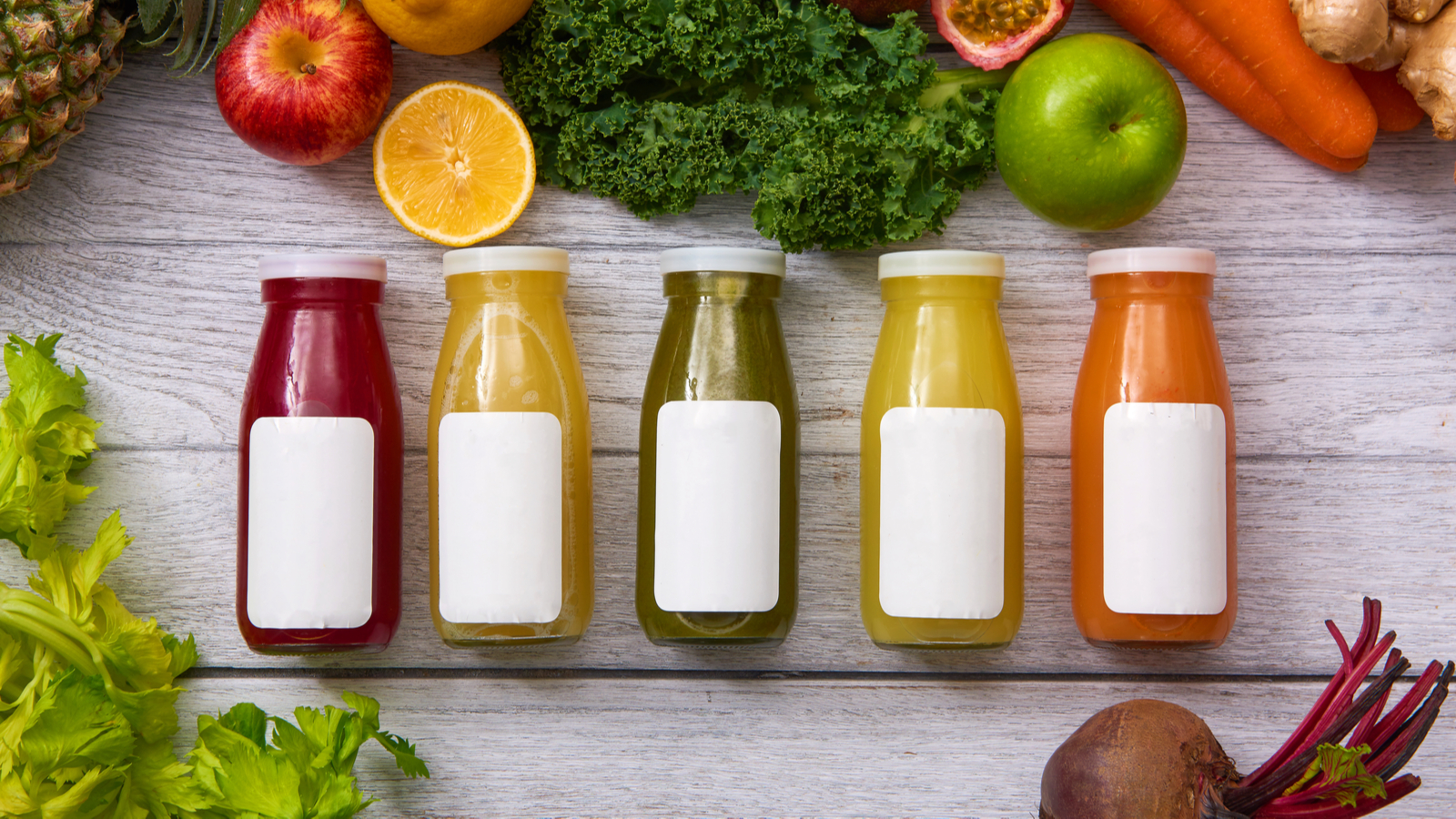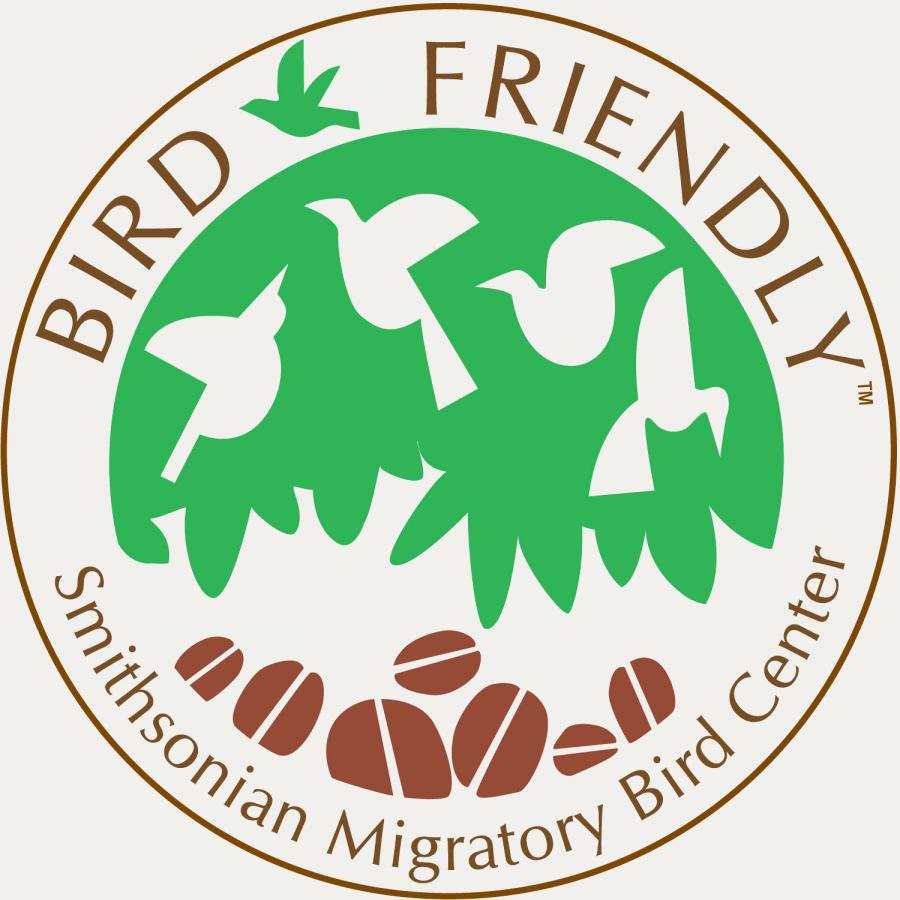

Bird Friendly

All certified coffee beans are grown under a rain forest canopy (an important sanctuary for migrational birds)
Applied Standards
Height of canopy must be greater than or equal to 12 meters. The foliage cover must be greater than or equal to 40 percent of the canopy when measured during the dry season (after pruning). There should be greater than 10 woody species, and at least 10 of these species "should represent 1 percent or more of all individuals sampled, and be dispersed throughout the coffee holding". "The “architecture” or profile of the coffee farm should show evidence of some layers or strata—preferably three. 1. The layer formed by the backbone species and other trees of that size; 2. The stratum of taller, emergent species, comprised of native trees of the natural forest; 3. The stratum beneath the principal canopy (that of the backbone species), made up of shrubs and small trees or plants, like Musa spp.and citrus. The emergent and understory strata each should ideally account for 20 percent of the total foliage volume present. The remaining 60 percent of the foliage volume should be that of the principal canopy (backbone species and trees of the same height as the backbone species)". Leaf litter should be present and there is no minimum percentage required. Soil needs protecting with living ground cover. Weed, herbs, and forbs should be present, but no minimum percentage is required. Living fences "where appropriate and feasible, should be present". Buffer zones along waterways "Should exist and be composed of native vegetation. Along streams they should measure ≥5 meters wide (one each side); for rivers they should be ≥10 meters wide... Visual characterization (gestalt) should qualify at least for the category “traditional polyculture” (the more diverse category of the polyculture systems)". All products must be USDA certified organic.
